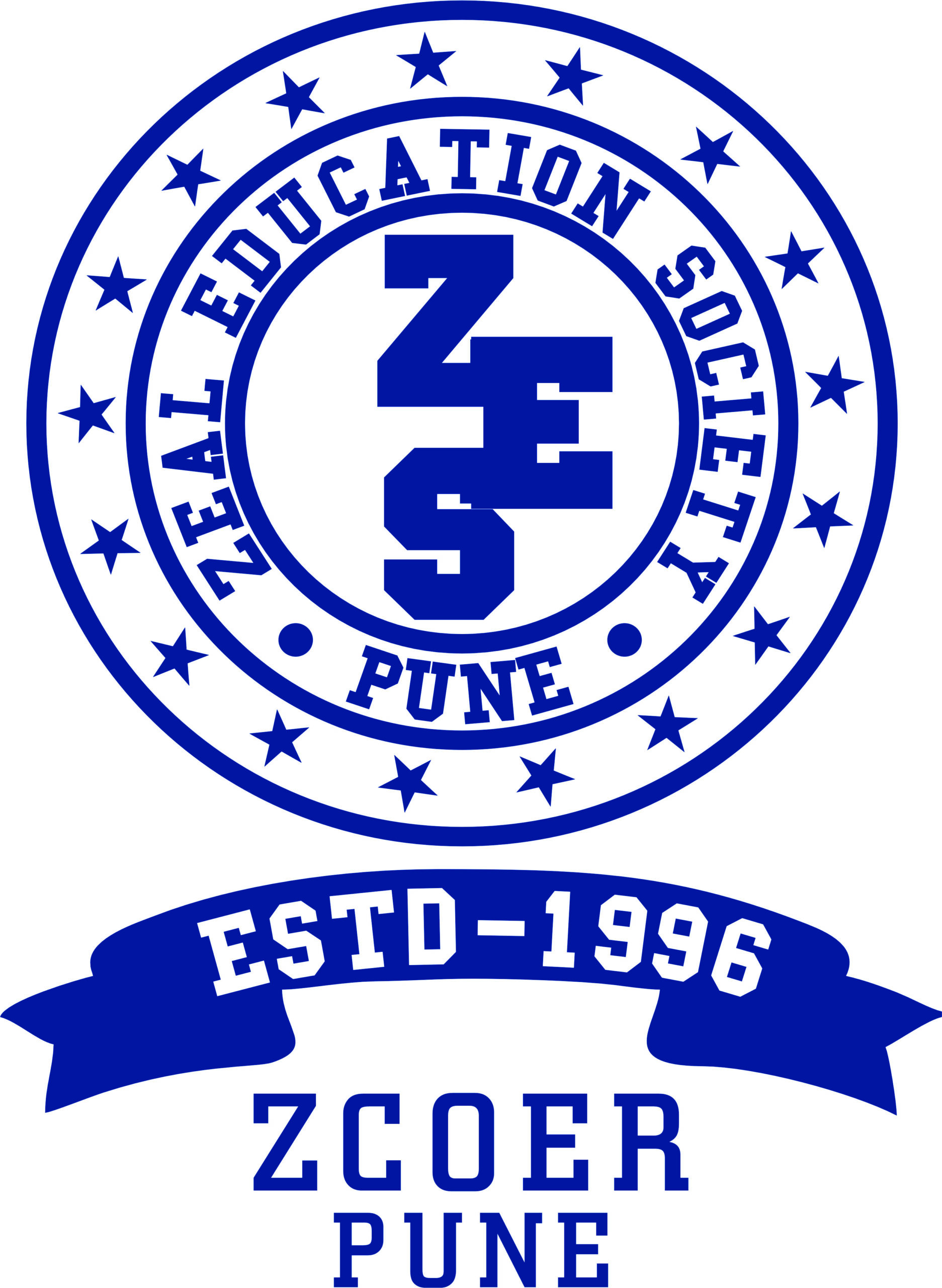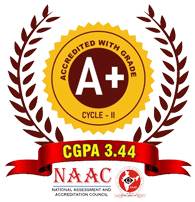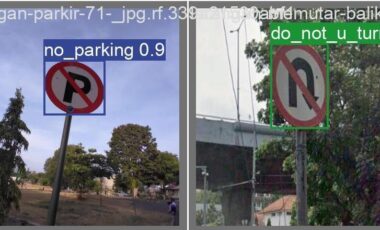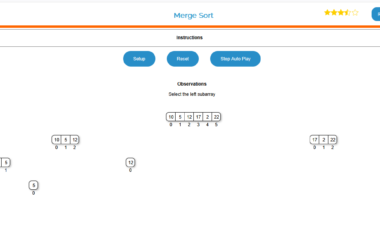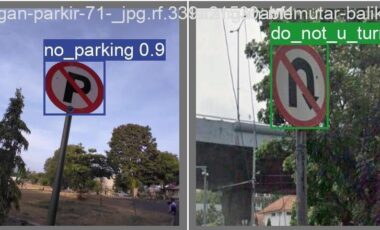Computer Engineering
- Computer Engineering
- About Department
- From HOD Desk
- Vision & Mission
- PEO & PSO, PO & CO
- Autonomy Constitution
- Faculty Profile
- Lab Facilities
- Innovations in Teaching – Learning
- Research & Publication
- Skill Development
- Faculty Achievement
- Students Achievement
- Student Association
- Placement and Internship
- Center of Excellence
- Life @ Computer
- Downloads
- Newsletters
1. Introduction
The traditional teaching-learning approach in engineering education often relies on theoretical explanations, which may not always be sufficient to help students grasp complex concepts. To enhance learning outcomes, the Computer Engineering Department at Zeal College of Engineering and Research, Pune, has integrated working models, animations, and mini-projects into the curriculum as an innovative teaching-learning methodology.
This approach facilitates a practical understanding of theoretical concepts, enhances creativity, and bridges the gap between academia and real-world applications. By using interactive teaching methods, students can better visualize abstract concepts, improve problem-solving skills, and gain hands-on experience, which is essential in the field of computer engineering.
2. Statement of Clear Goal
The primary objectives of incorporating working models, animations, and mini-projects in the Computer Engineering curriculum are:
- To enhance visualization of complex programming and engineering concepts.
- To facilitate practical learning by allowing students to apply theoretical knowledge.
- To promote creativity and innovation by encouraging students to design their own models and mini-projects.
- To develop hands-on technical skills that are crucial for industry-oriented learning.
- To bridge the gap between academic learning and industry applications through real-world problem-solving.
3. Use of Appropriate Methods
The methodology involves three key approaches:
A. Physical Working Models
- Faculty and students create physical models to demonstrate abstract computing concepts.
- Example: A model of CPU architecture, showcasing the interaction between different components like ALU, registers, and cache memory.
- Example: A networking model illustrating how data packets are transmitted across routers and switches.
B. Computer Animations
- Animations and simulations are used to explain complex algorithms and system operations visually.
- Example: Sorting Algorithm Animations to demonstrate Bubble Sort, Merge Sort, and Quick Sort step by step.
- Example: Operating System Process Scheduling Animations to visualize how CPU scheduling works in multitasking environments.
C. Mini Projects Replicating Real-World Applications
- Students are encouraged to develop mini projects that solve real-world problems.
- Example: Chatbot for College Enquiry System using Python and Natural Language Processing (NLP).
- Example: Library Management System demonstrating database management concepts and CRUD operations.
These methods provide a practical, interactive, and engaging learning experience compared to conventional teaching techniques.
4. Significance of Results
The adoption of working models, animations, and mini-projects has significantly improved the learning experience and outcomes for students in the Computer Engineering program at Zeal College of Engineering and Research.
a) Improved Understanding of Abstract Concepts:
Students find it easier to grasp complex topics like machine learning models, operating system process management, and database transactions through visual representations.
b) Application of Theory to Practice:
Real-world projects allow students to apply theoretical concepts in practical scenarios, preparing them for industry challenges.
c) Development of Hands-on Skills:
Working on projects helps students develop coding skills, debugging techniques, and software development best practices.
d) Encourages Creativity and Problem-Solving:
Students are encouraged to think critically and innovate while working on mini-projects, fostering creativity.
5. Effectiveness
The effectiveness of this methodology is measured through student feedback, project outcomes, and assessments:
a) Student Feedback:
- Surveys indicate that students prefer learning through interactive models and projects rather than relying solely on textbooks.
- Many students reported a better conceptual understanding and an increased interest in the subject.
b) Project Outcomes:
- Successful development of mini-projects and models that align with real-world applications.
- Improved coding standards and problem-solving skills among students.
c) Assessments:
- Performance in practical assessments and project evaluations has shown noticeable improvement.
- Students demonstrate a deeper understanding of concepts in their viva and written examinations.
6. Examples of Implementation at Zeal College of Engineering and Research, Pune
The Computer Engineering Department has successfully integrated this methodology in various subjects:
a) Data Structures & Algorithms
Animation-based visualization of sorting and searching algorithms to improve understanding.
b) Operating Systems
Simulation of process scheduling using animations to demonstrate CPU scheduling techniques.
c) Computer Networks
Working models of networking components to demonstrate real-time data communication.
d) Database Management Systems
Mini-projects like online ticket booking systems, employee management systems, and other real-world applications.
e) Artificial Intelligence & Machine Learning
Mini-projects on AI-based applications like chatbot development and sentiment analysis.
7. Conclusion
The use of working models, animations, and mini-projects in the Computer Engineering curriculum at Zeal College of Engineering and Research, Pune, has revolutionized the learning process by making it more engaging, practical, and industry-oriented.
By integrating visualization techniques and hands-on projects, students not only understand theoretical concepts more effectively but also gain essential skills required for real-world problem-solving.
This innovative approach is highly effective in preparing students for professional careers in software development, data science, and computer engineering.
Future Scope:
- Integration of Augmented Reality (AR) and Virtual Reality (VR) for better visualization.
- AI-driven automated project assessment tools for student evaluations.
- Collaboration with industry experts to develop real-world problem-solving case studies.
This methodology aligns with modern educational advancements and ensures that students are well-equipped for future challenges in the tech industry.
Submit your review | |
1 2 3 4 5 | |
Submit Cancel | |
